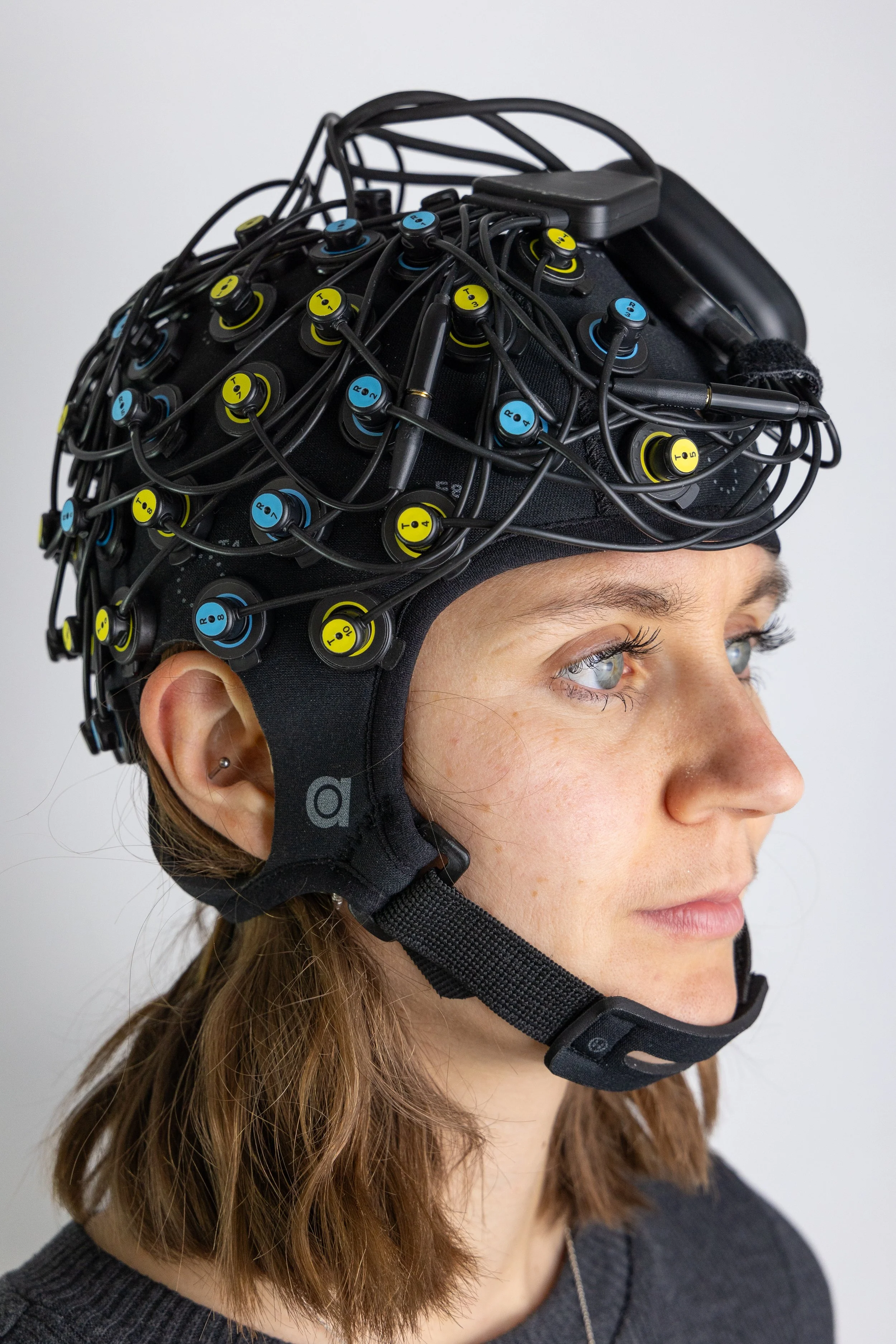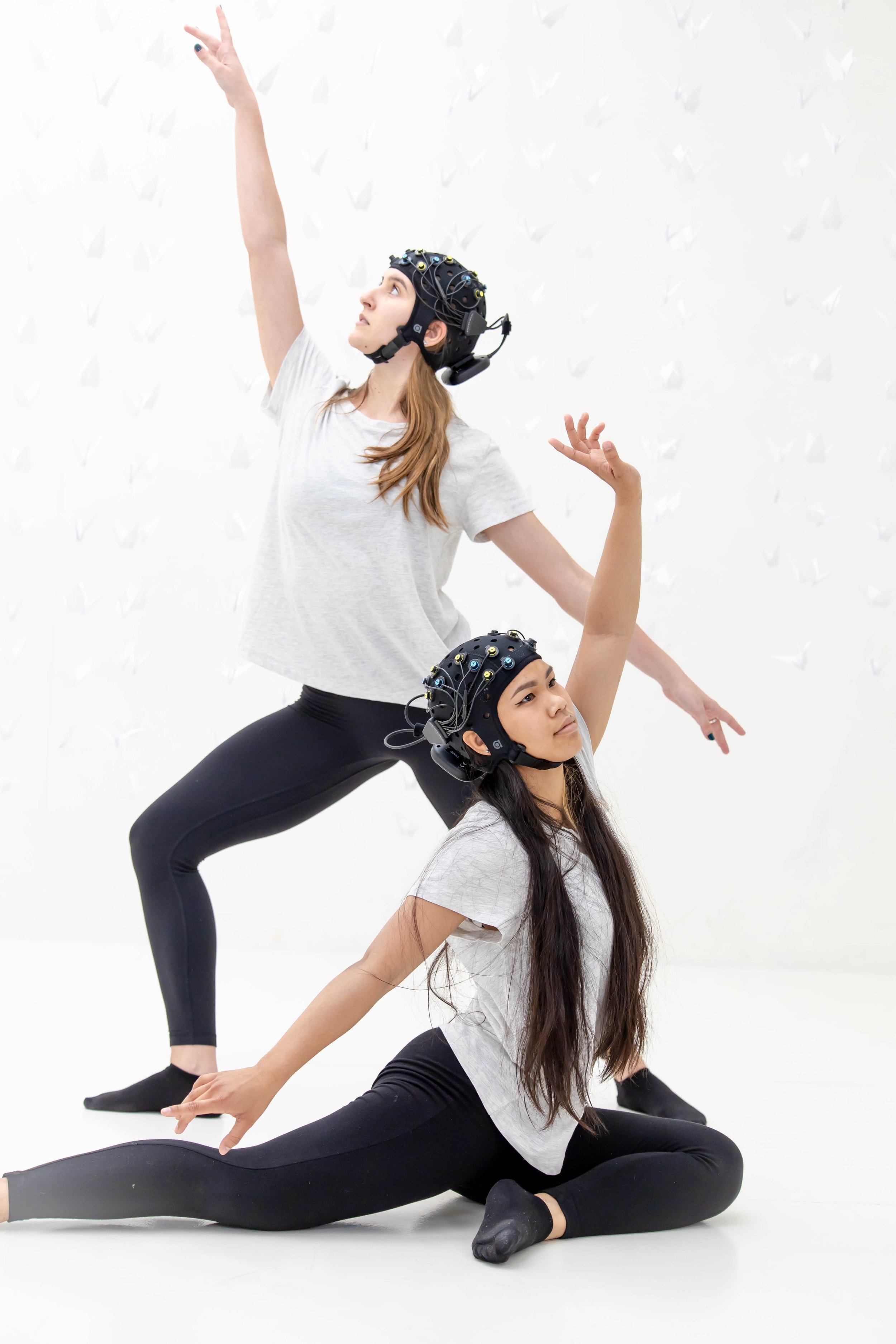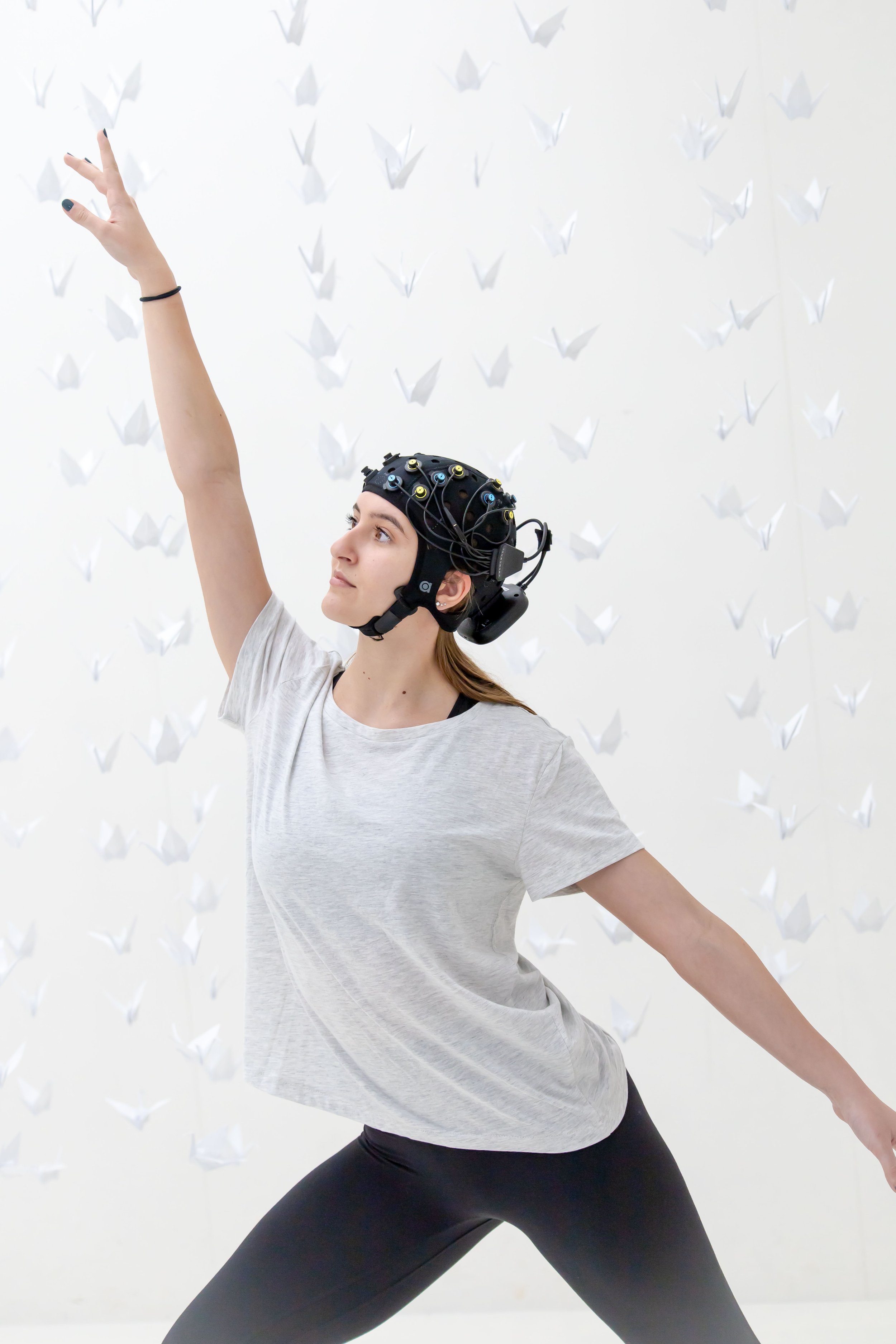Which experimental designs to use in fNIRS — Introduction
In this introduction blogpost for our series on experimental design in fNIRS, we will explain what fNIRS measures, mention general important points for performing fNIRS measurements, as well as potential experimental designs. The coming posts of this series will each pick out frequently used paradigms and their application in fNIRS as a central theme.
What does fNIRS measure?
Functional Near-Infrared Spectroscopy (fNIRS) is a non-invasive neuroimaging tool. It measures relative concentration changes in oxygenated hemoglobin (O2Hb) and deoxygenated (HHb) hemoglobin, indirectly giving information about local brain activity. When a certain brain region becomes active, a mechanism called neurovascular coupling is induced. This leads to the so-called hemodynamic response, which is characterized by an increase in O2Hb and a slight decrease in HHb. With fNIRS, we can measure the hemodynamic response in local brain areas and hence pinpoint local activity in any cortical brain region.
Figure 1: Visual display of relative concentration changes in O2Hb (left) and graphic display of relative concentration changes in O2Hb and HHb (right) in real-time measured with the Brite Lite Frontal.
Important hints when performing fNIRS experiments
When deciding on a suitable experimental design, it is important to keep certain technological characteristics of fNIRS in mind:
Figure 2: Display of hemodynamic response measured with fNIRS. Maximum increase in O2Hb is reached after approximately 5 sec, the so-called hemodynamic response (Scholkmann et al., 2014).
First, as fNIRS measures relative concentration changes of O2Hb and HHb, it is necessary to include a baseline prior to stimuli presentation in the experimental set-up. It is recommended to keep the baseline period as identical to the experiment or stimuli condition as possible. Further, to avoid motion artifacts during the baseline condition, the subject should stay as still as possible. If you would like to learn more about the dos and don’ts of baseline prior to stimulus presentation, please read our do's and don'ts of baselines blogpost.
Second, the hemodynamic response measured with fNIRS is relatively slow. After the presentation of stimuli, the response will show after 2-3 seconds and peak after approximately 5-10 seconds. This is also called the hemodynamic delay. Therefore, when designing the experiment, that delay has to be taken into account when deciding on the length of stimuli presentation and rest periods.
Third, when measuring with fNIRS, physiological confounds might have a strong influence on the hemodynamic signal. Thus, the stimuli should be repeated various times to obtain a (strong) hemodynamic response.
The most frequently used and important fNIRS experimental designs
Depending on the research question, different experimental designs can be chosen when performing fNIRS experiments. The most common designs used are block design, event-related design, resting-state design, and pre-post intervention. In this blogpost series, we will introduce these experimental paradigms, explain the advantages and applications of each, and give tips and tricks on how they can be employed in fNIRS research.










We are happy to announce the release of MKIV of our Brite! Including a novel receiver with increased sensitivity & the latest and enhanced software and accessories, setup time can be significantly decreased with the Brite MKIV —in every subject and/or setting! Learn the new features, novel accessories, and latest updates of our Brite MKIV now!